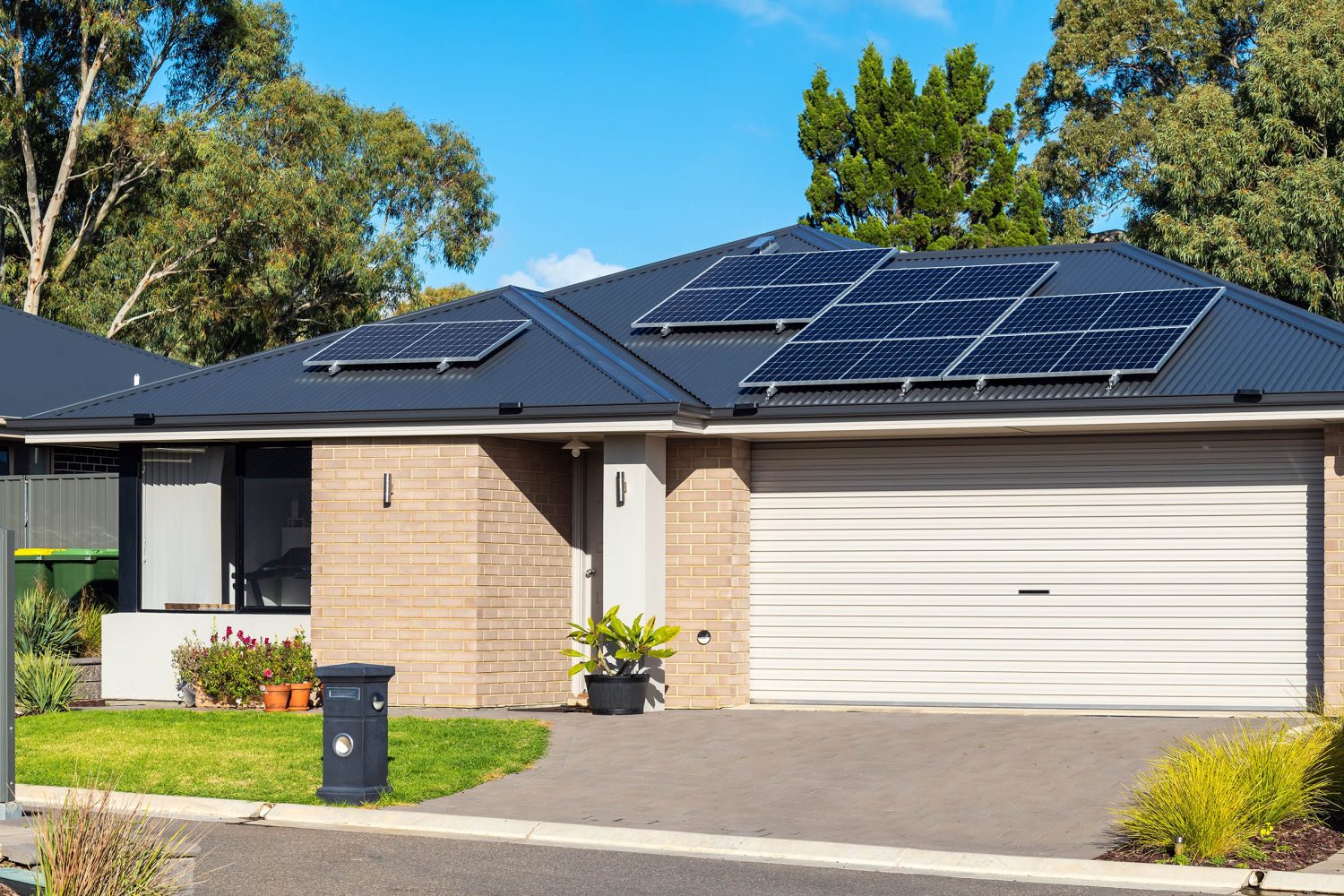What if the next leap in renewable energy doesn’t come from sleek silicon panels but from microscopic life forms? Scientists are exploring the potential of living solar panels—a revolutionary technology that uses tiny, photosynthetic organisms to generate clean energy while actively fighting climate change.
At the heart of this innovation are photosynthetic microorganisms, most notably Synechocystis, which have perfected the art of capturing sunlight over billions of years. These tiny organisms operate much like plants, converting sunlight into energy through photosynthesis.
But here’s the twist: scientists have figured out how to directly tap into this natural process to generate electricity. This technology is known as biophotovoltaics. Unlike traditional solar panels made from silicon and other materials, these “living solar panels” are self-sustaining and made from living materials.
They can self-assemble, self-repair, and even self-maintain, making them an incredibly sustainable energy source. Researchers from the Helmholtz Centre for Environmental Research in Germany discovered that optimizing how these microorganisms transfer electrons could create a steady flow of electricity without harming the organisms’ natural functions.
That last point is especially important, as these microorganisms can do more than just generate electricity. The process works by allowing the microorganisms that could power these living solar panels to capture sunlight. They then use that to split water molecules, releasing oxygen, protons, and electrons.
The electrons then travel through the cell and are collected by electrodes the researchers inserted. These electrodes are how the microorganisms produce a usable electric current. Even more impressively, this process doesn’t interfere with the microbes’ ability to absorb carbon dioxide, making them effective carbon sinks that can help combat climate change.
The research also shows that these organisms can maintain their own pH levels, reducing the need for costly external controls often required in other bioelectrochemical systems. This natural stability, combined with their dual function of energy production and carbon capture, gives the potential of living solar panels a significant edge in the race for sustainable energy solutions.
Of course, the current power output from this technology is much lower than that of traditional solar panels. However, the potential for integration into urban environments is enormous and could pair well with other next-generation solar panel technology breakthroughs.
The post Living solar panels made of bacteria could power homes of the future appeared first on BGR.
Today’s Top Deals
Today’s deals: $329 Apple Watch Series 10, $219 Bose soundbar, 40% off eufy video smart lock, more
Best deals: Tech, laptops, TVs, and more sales
Today’s deals: $17.50 Apple AirTags, $79 Vizio soundbar, $500 off eufy Omni S1 Pro, $180 Beats Studio Pro, more
Today’s deals: $20 Amazon credit, $4 Anker UDB-C cables, $30 Magic Bullet, $160 TP-Link mesh WiFi, more
Living solar panels made of bacteria could power homes of the future originally appeared on BGR.com on Sat, 8 Feb 2025 at 09:01:00 EDT. Please see our terms for use of feeds.
